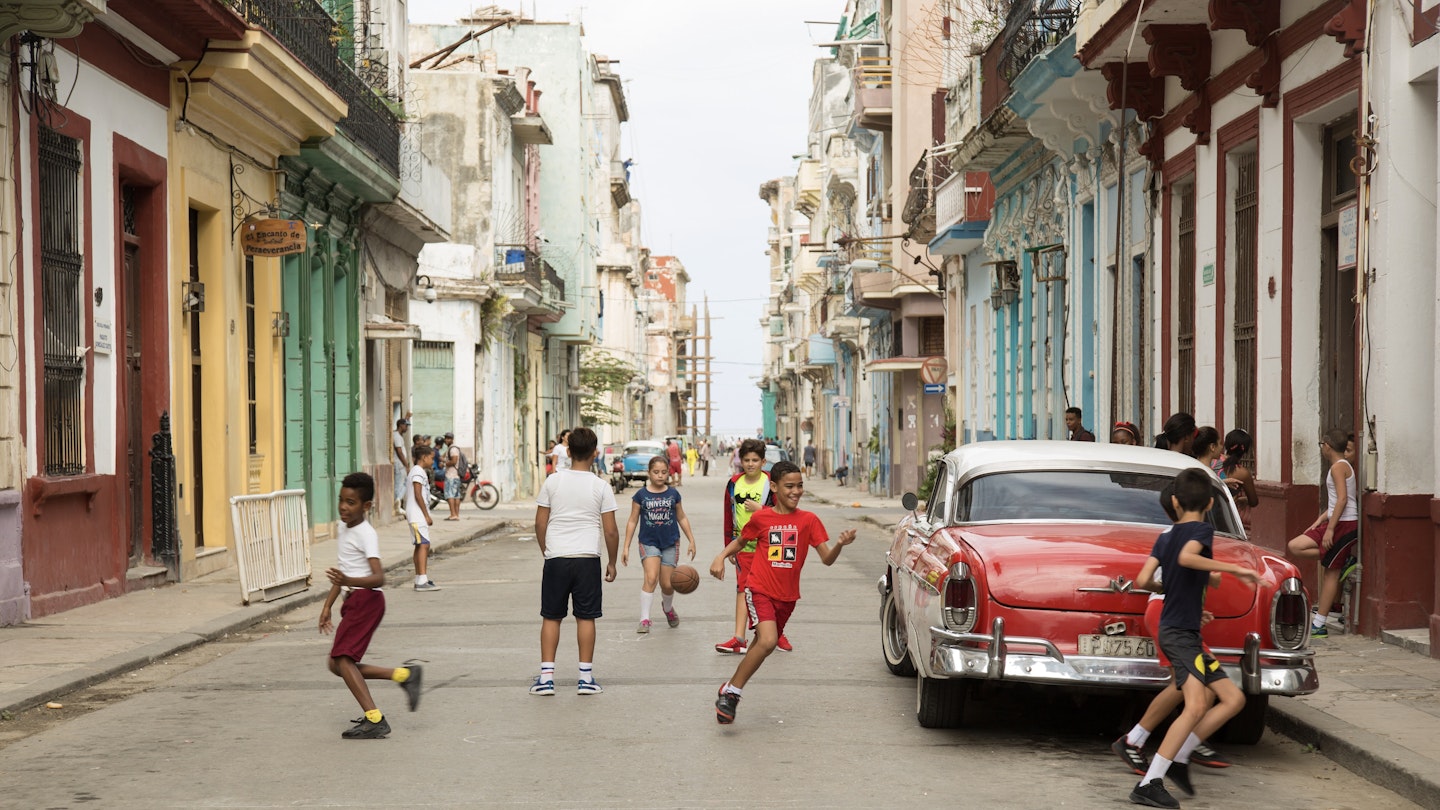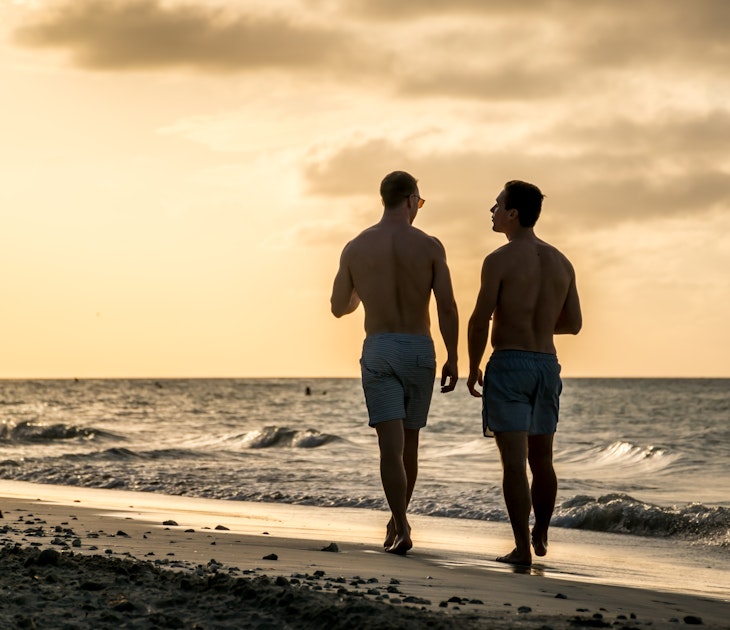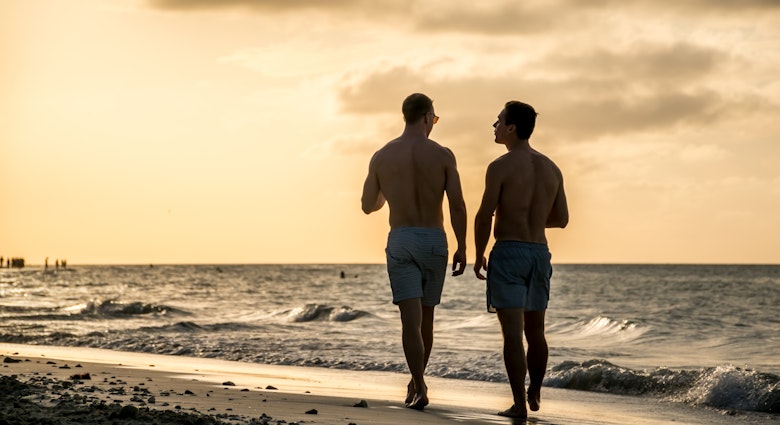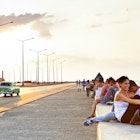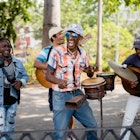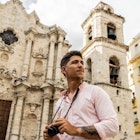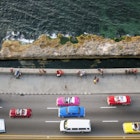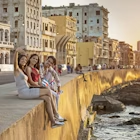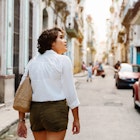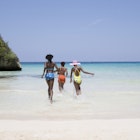Endless music, classic cars, beautiful seas and cultural swagger will ensure memories from a family vacation to Cuba last a lifetime.
This colorful and vibrant nation with a can-do attitude is simply mesmerizing. Cubans love families – which means your kids will be treated like little gods and goddesses. Staying in a casa particular (Cuban B&B) will ensure the most attentive of treatment. Still, it’s important to keep in mind that Cuba’s ongoing economic crisis means that travel here isn’t the easiest – especially when it comes to transport.
It’s the adventurous family who can roll with the punches that will get the most out of this fascinating island. Here’s how to make a trip to Cuba with kids happen.
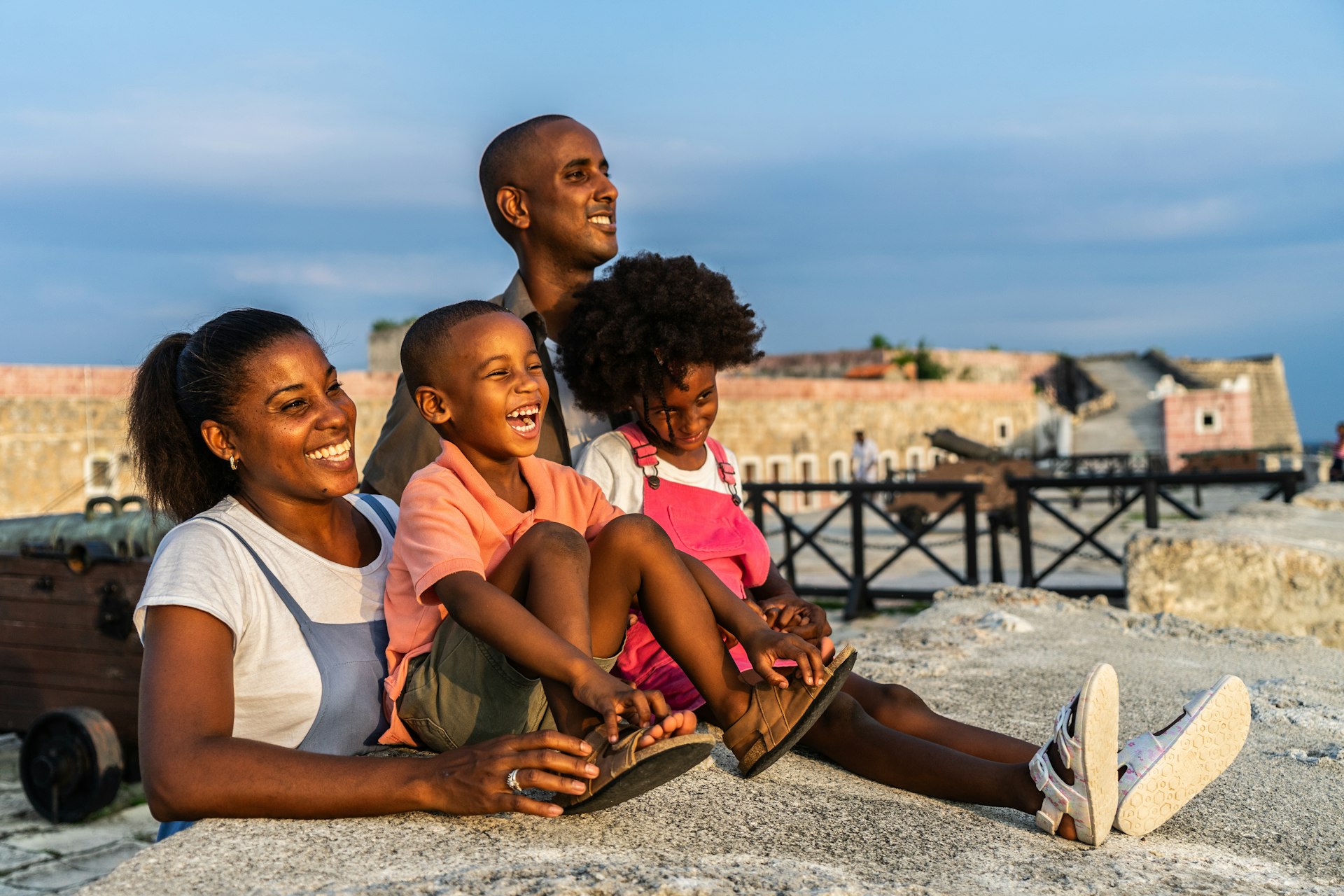
Is Cuba good for kids?
Cuba is a simultaneously easy and challenging place for family travel. Expect a relaxed, safe, family-friendly island with excitement for all up to the hilt. On the other hand, fuel shortages, unreliable transport and problems sourcing supplies complicate any stay here.
Families will need to bring the necessities with them, including (and especially) medicine. Pack diapers, baby equipment and any special snacks with you, as these are difficult or impossible to find on the island.
Bottled water is occasionally hard to find; bring a bottle with an in-built filter. Mosquito repellent is especially important for warding off dusk critters.
Seek help for finding what you didn’t or couldn’t carry in, knowing that Cubans are experts at resolving things. Resources may be lacking in certain parts, but you’ll find a level of care here that ensures you’ll have a wonderful time across the island.
Rooms in casas particulares with multiple beds will work out to be cheaper than hotels (discounts for children sharing rooms in hotels vary). If you need a crib, contact your accommodation in advance.
Every town in Cuba has parks and cultural events for children; ask your casa particular hosts for the lowdown. Many museums and attractions offer free-of-charge or discounted entry to children under 12.
Public restrooms are found only in hotels, restaurants and some museums – and it’s always best to carry additional toilet paper with you. Cuba’s sidewalks aren’t really suitable for strollers, so bring your baby carrier.
National coach service Víazul connects cities with many beach resorts. Children ages 11 and under travel at a discount, with their own seat; children four and under not occupying their own seat enjoy free rides.
Taxis, collective taxis and classic cars are all easily available for hire. (Travel at your own risk, though: most taxis do not offer backseat seatbelts, and classic cars feature none.)
Thinking of renting a car? Costs have risen in recent years and sourcing fuel can be problematic when on long-distance journeys. If you need a child’s car seat, pack your own.
Children’s menus aren’t yet a big thing in Cuba, but paladares (private restaurants), cafes and other outlets will generally be accommodating to younger, pickier palates.
Finding supplies to buy in markets is hit and miss. The best spots for stocking up on snacks and deli food are new private grocery stores such as Havana’s Bodegón 21 and Home Deli. If you want to order in, use Mandao, which delivers from many restaurants in major cities.
The weather is perfect during Cuba’s high season from November to April, with hot, dry days – and prices to match; shoulder seasons are better value. Hurricane season runs from June through November, and is best avoided.
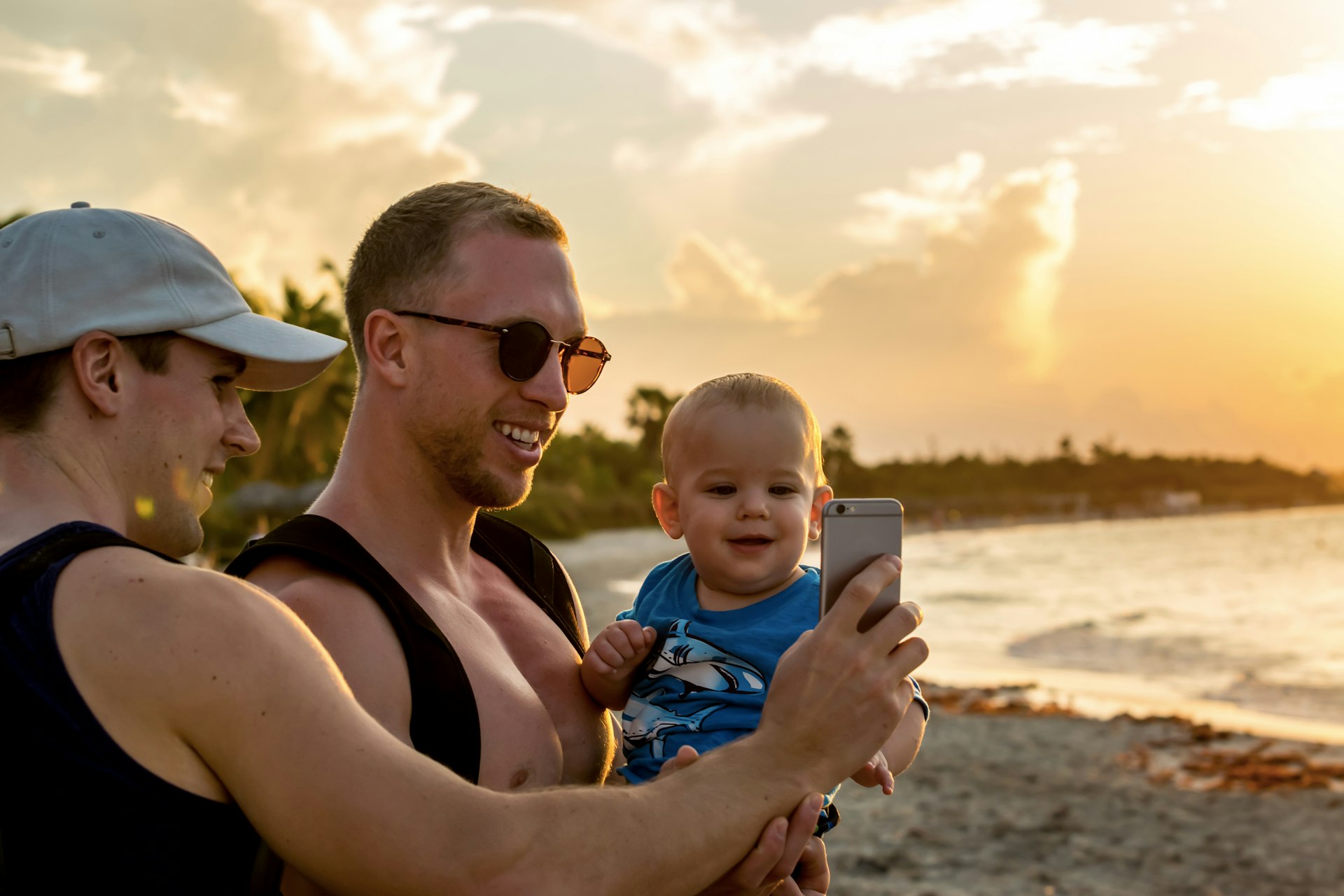
Where is best in Cuba for kids
Cuba’s rich tapestry of wonderful beaches, shallow seas, music, art, dance, sports and wild spaces is a boon for families.
Find adventures in the UNESCO-protected Valle de Viñales; cultural hits and classic cars in Havana; dazzling white sands and shallow sea at Varadero’s beach resorts; snorkeling at the low-key Bay of Pigs; and music, dance and waterfalls around pretty, colonial Trinidad.
Some beach resorts on the north coast of the island have kids’ playgrounds – and wild adventures await in the far east, around Baracoa. Wherever you travel, you’ll find excitement, curiosities and endlessly warm Cubans.
Best things to do in Cuba with babies and toddlers
Frolic in the Caribbean Sea
Cuba’s north-coast beaches have shallow, turquoise seas that are perfect for youngsters. Think Playas del Este, close to Havana, and premier beach resort, Varadero.
Seek out outdoor adventures
Ride on a horse cart or ox cart through the beautiful limestone valley of Viñales. And take the kids to El Nicho waterfall near Cienfuegos, where teal-green terraced pools, including some with very shallow water, are perfect for lounging about.
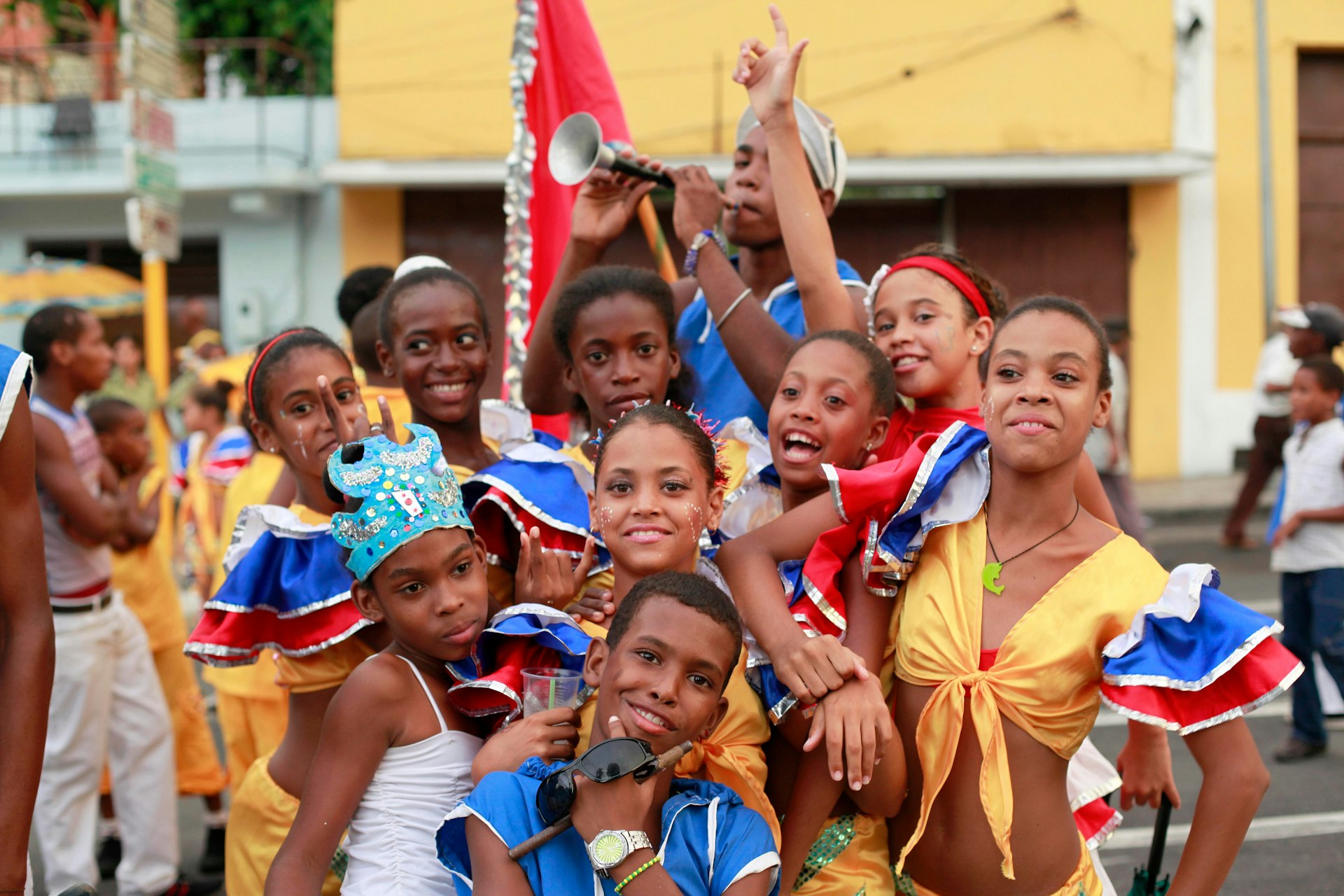
Best things to do in Cuba with kids
Enjoy the world of watersports
Many all-inclusive resorts offer kids’ pools and children’s programs: look out for water parks and centers with bowling alleys. All are close to marinas offering non-motorized watersports.
Search for unusual wildlife
To encounter Cuba’s unique wildlife, head to the Bay of Pigs. You’ll find the bee hummingbird (the smallest bird in the world), pink flamingos and the pint-sized Cuban pygmy owl. Snorkel from the coast here in gin-clear waters, and pay a visit to the crocodile-conservation farm to get the lowdown on the fight to save Cuban crocs.

Go exploring underground
Search for subterranean wonders while snorkeling at Cueva de Saturno. On foot, explore stalactites and stalagmites at Cuevas de Bellamar and the terraced caves at Gran Caverna de Santo Tomás.
Cook up a storm
Kids who love food can sign up for a cooking class, under the palms with a renowned chef, at dreamy Finca Tungasuk. Fancy a spit-roast pork? Organize a country day out and feast around Trinidad. For the sweet stuff, swing by a cacao farm near Baracoa for chocolate know-how and tastings.
Steam through the countryside
Trains aren’t always reliable in Cuba – but if it’s running, hop aboard the steam train in the Valle de los Ingenios outside Trinidad, or at the Central Patria o Muerte near Morón. Cuba’s famous electric “chocolate” train, Hershey, now only runs on a branch line to Jaruco.
Catch Carnival, theater and dance
Head to Matanzas for the Matanzas International Puppet Festival (Festitim). While in town, don’t miss the kids’ entertainment center and restaurant Jardín de Pelusin del Monte, or the hand-crafted books at Ediciones Vigía.
Kids will love July’s Carnival in Santiago de Cuba, which features a children’s parade and aquatic carnival, and its April Fiesta de la Danza FIDANZ. In Havana, watch dance in the streets during the Festival de Danza en Paisajes Urbanos in April and the Rhythm and Dance Festival held in March.
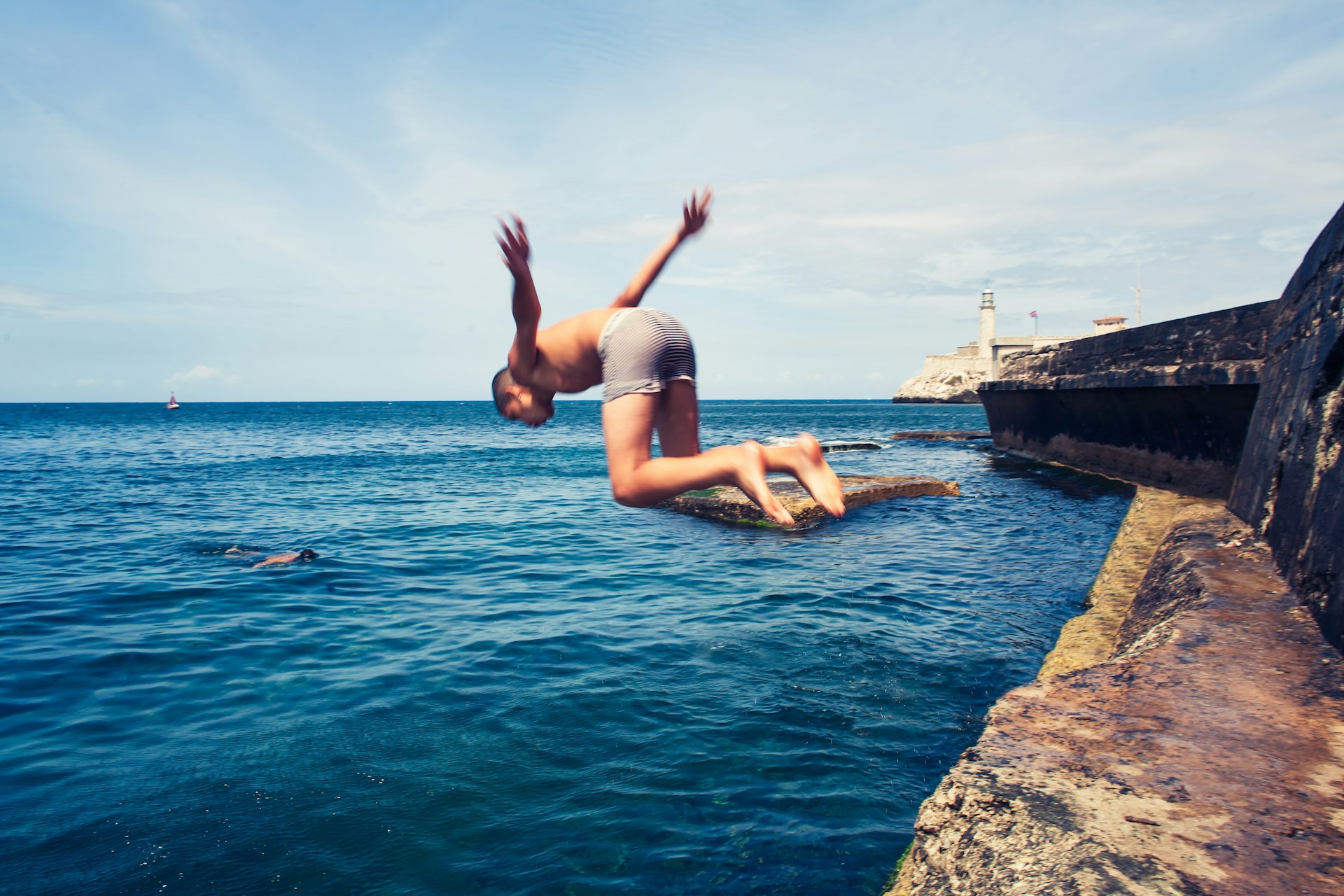
Best things to do in Cuba with teenagers and tweenagers: climb, cycle, snorkel and kitesurf
Cuba is a playground for natural adventures, and older kids will find plenty to keep the adrenaline going. Try zip-lining in the mountains at Las Terrazas and in the Valle de los Ingenios, outside Trinidad.
Scuba-diving spots dot the island, as do cycling opportunities. Ride horses in the beautiful Viñales Valley and around Trinidad. Climbers can tackle the limestone mountains around Viñales or cliffs around Jibacoa. Beach resorts aren’t just for sunbathing: most offer Hobie Cats, table tennis, aqua bikes and dance classes. Or try slacklining and kayaking near Jibacoa.
On Cayo Guillermo, learn to kitesurf in optimum conditions. And for something truly offbeat, book a safari tour through Cayo Saetía’s only hotel to spot African animals roaming the island’s unusual grasslands. Saetía has a fabulous beach, too.
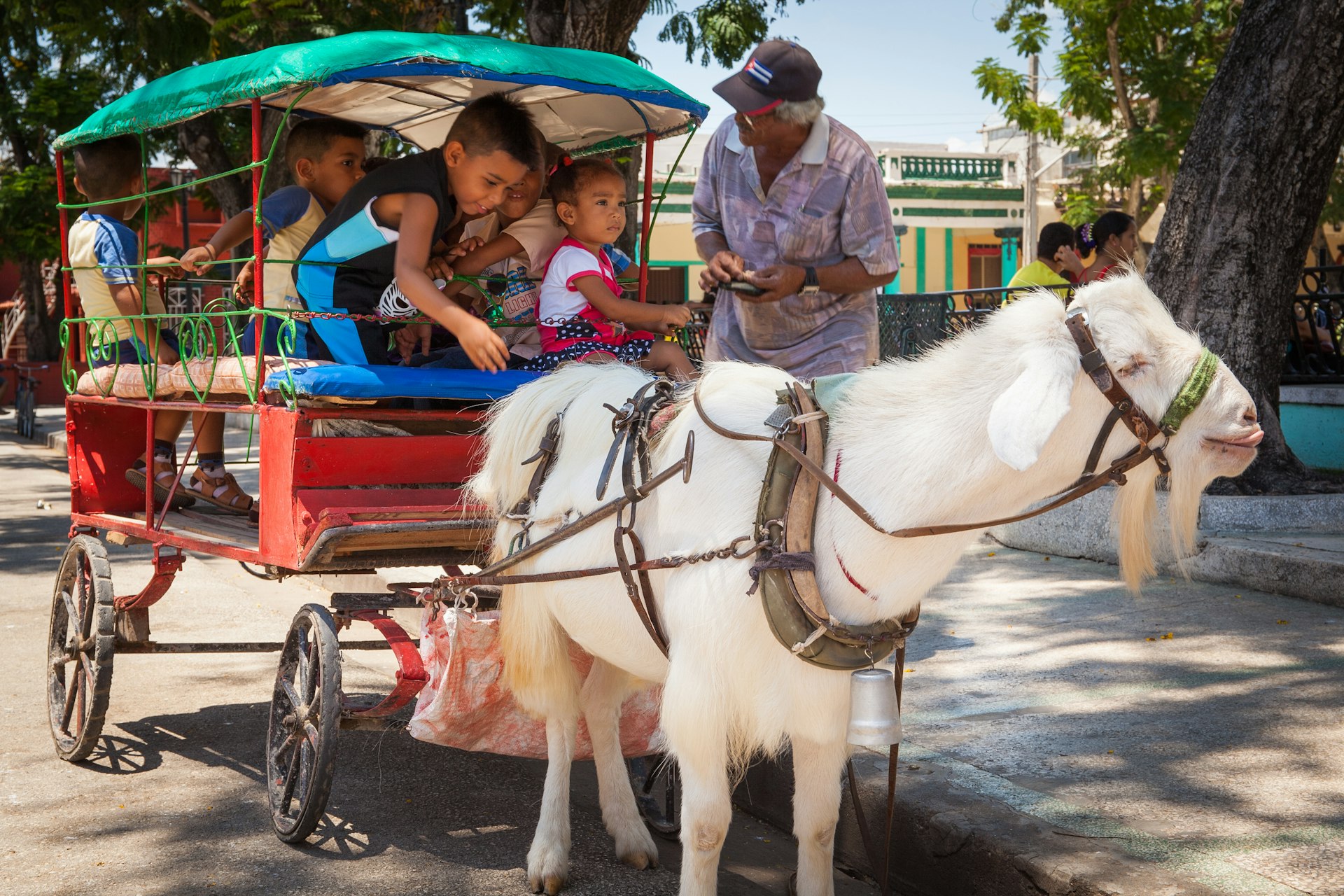
Planning tips
Again, count on bringing just about everything you need with you, including toys, art supplies and reading books for your young children. For beaches and pools, bring a good flotation device, hat, any inflatables you want, water shoes, a kids’ wetsuit and snorkeling gear.
While sunscreen is available at all-inclusive resorts (as well as beach towels, some inflatables, hats and swimwear), it’s expensive, and SPF factors are low. Best to bring that with you, too.
Older kids should download any films, games and books to devices before they travel to the island, as Cuba’s internet isn’t always able to cope. Cuban hosts at casas particulares will generally store food (if no fridge is provided in your room), heat milk and sterilize equipment.

